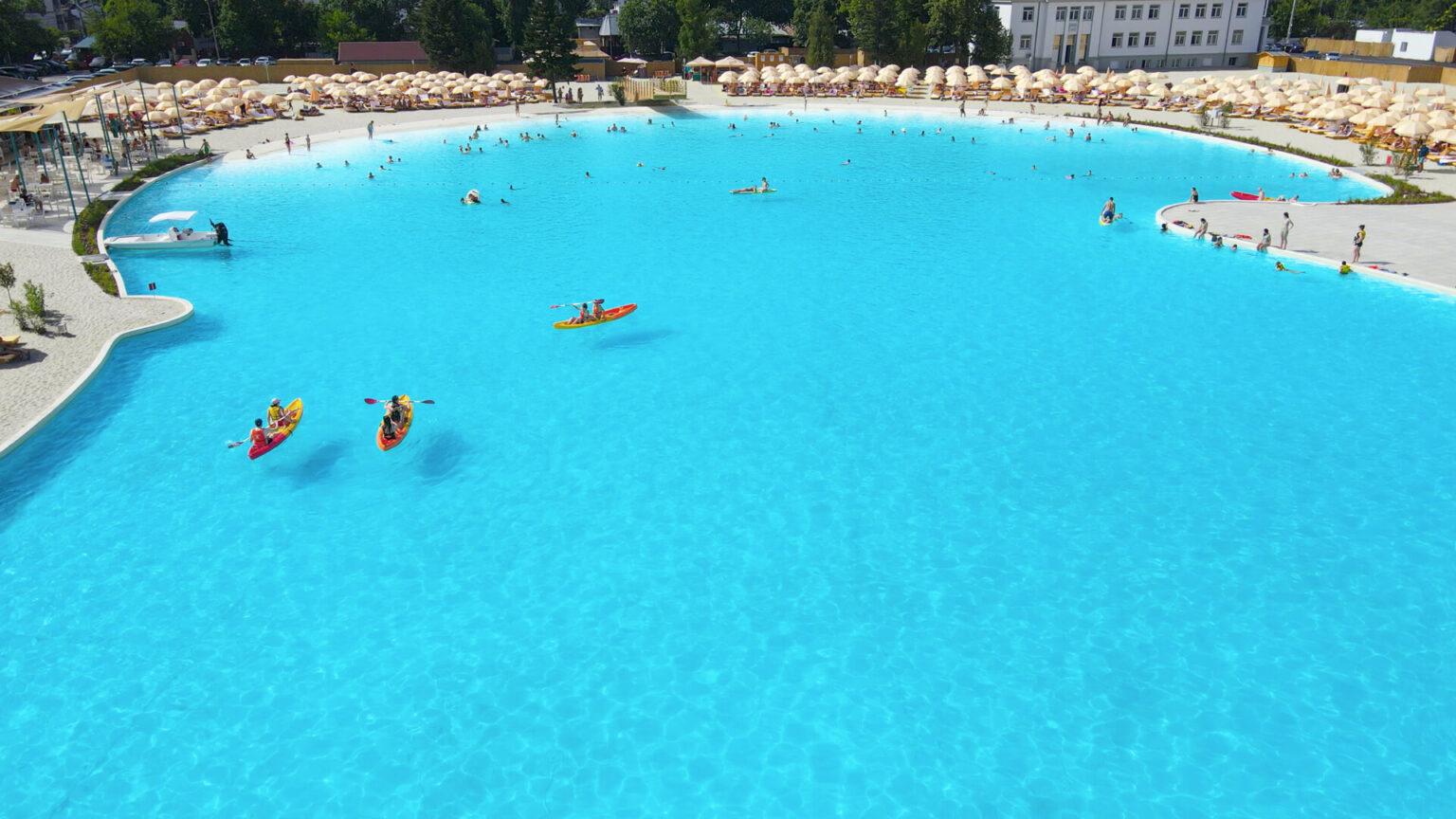Transportation is responsible for 49% of CO2 emissions on earth. COP 25 estimated that the carbon footprint of transportation related to tourism and recreational travel will increase from 1.59GT a 1.99GT, between 2016 to 2030.
In fact, trips to natural beaches generate about 35 million CO2 tons per year, mainly from car and plane rides. However, this could change with Public Access Lagoons™ projects, also known as PAL™ projects, as they would reduce the carbon footprint.
With PAL™ projects, city dwellers can access the beach walking, biking, through public transportation, or by driving to the urban beach entertainment complex instead of having to take a plane to reach a distant natural beach destination.
Thus, the estimated 484 PAL™ projects worldwide would each receive at least 800,000 visitors annually, and would decrease by around 50% the visits to natural beaches, resulting in hundreds of millions of fewer trips, with a considerable reduction in carbon footprint, which is much more than any other known technologies is currently achieving.
So, bringing the beach lifestyle to the city through PAL™ developments the total carbon footprint can be reduced by more than 40%, nearly 14 million tons of CO2, just reducing transportation to beaches and focused on people going to PAL™ developments in the middle of cities.
PAL™ lagoons are changing the lives of millions of people living in urban settings by bringing a portion of the ocean to their doorstep, similar to what happened 200 years ago when urban parks were created. Today, most cities around the world consider parks and green areas a part of their configuration. The same phenomenon is happening with Public Access Lagoons™ developments. People will no longer have to travel to the ocean; they will find it a few steps away.
One of the main characteristics of Crystal Lagoons technology is its sustainability and not only because it reduces the carbon footprint. This innovation allows crystalline lagoons of unlimited sizes to be built and maintained at very low costs globally by having low water consumption and using a minimum amount of additives and energy.
Original content






